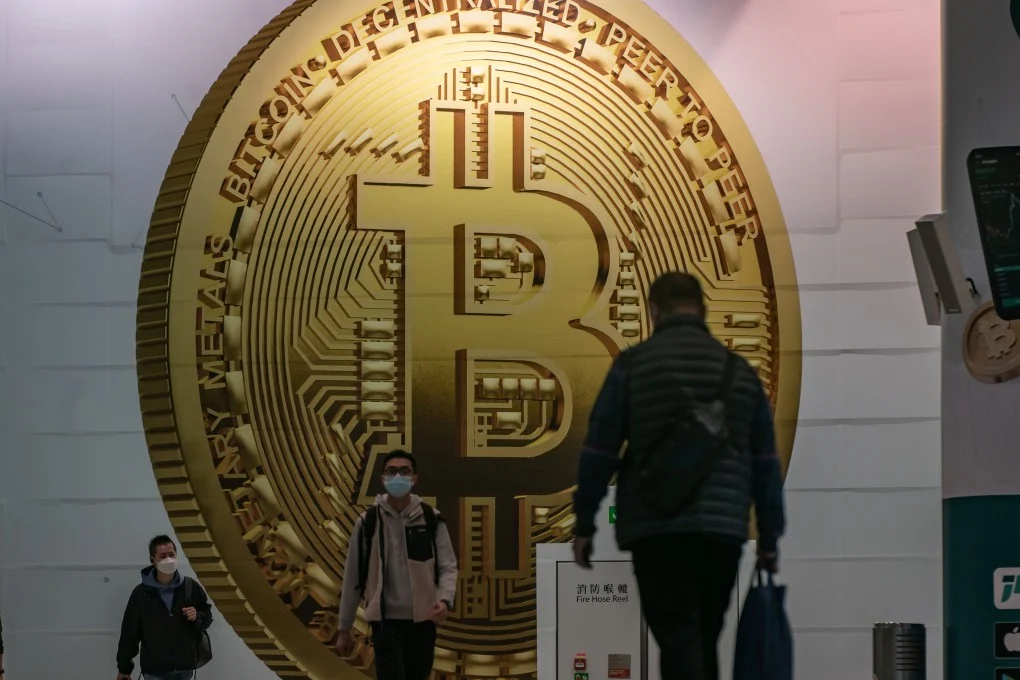Asia’s Institutional Investors Quietly Accumulate Crypto Amid Western Exit Trends
Asia’s Institutional Investors Quietly Accumulate Crypto Amid Western Exit Trends
By
Junia Wells
Last updated:
October 21, 2025
First Published:
October 21, 2025

Photo: South China Morning Post
While Western institutions continue to retreat from the volatile world of digital assets, a different story is unfolding across Asia. From Singapore to Seoul, institutional investors are quietly expanding their exposure to cryptocurrencies. This emerging pattern is not driven by hype but by strategic positioning, signaling a deep and calculated belief that the next wave of crypto growth may originate from the East.
The changing landscape of global crypto investment
In North America and parts of Europe, stricter regulations and uncertain legal frameworks have caused many traditional financial institutions to scale back. Asset managers who once championed digital currencies are now adopting a cautious stance, prioritizing compliance and stability. Meanwhile, Asia’s financial centers have taken a more measured and adaptive approach, creating environments where innovation can coexist with oversight. This difference in regulatory temperament is reshaping where global capital flows.
Singapore’s evolving leadership role
Singapore has become a focal point of this quiet accumulation trend. The country’s forward-thinking regulatory body, the Monetary Authority of Singapore, has developed a clear licensing structure that encourages responsible innovation. Major funds and family offices now view the city-state as a safe haven for crypto exposure. Their activity often remains under the radar, taking the form of private investment rounds, long-term token holdings, and strategic partnerships with blockchain startups.
Hong Kong’s calculated comeback
After years of uncertainty, Hong Kong is making a deliberate effort to reclaim its position as a crypto gateway. The introduction of digital asset trading licenses and the reopening of regulated exchanges have reignited institutional interest. Hedge funds and financial conglomerates based in the region are once again exploring tokenized products, suggesting a cautious but confident return to the market. This momentum also reinforces Hong Kong’s ambition to compete with Singapore as a premier digital asset hub.
South Korea’s surge of institutional curiosity
In South Korea, institutional investors are not simply buying digital assets but actively participating in blockchain ecosystems. Investment firms are funding local exchanges, blockchain service providers, and even gaming studios that integrate cryptocurrency elements. The country’s vibrant retail investor base provides a strong demand foundation, giving institutions the confidence to expand their presence in a market already familiar with digital finance.
Japan’s steady but deliberate entry
Japan, known for its conservative investment culture, is entering the digital asset space with characteristic precision. Major financial groups are testing crypto custody services and exploring stablecoin issuance tied to the yen. These steps may appear cautious, but they represent an important signal: traditional financial giants are beginning to accept digital assets as legitimate components of diversified portfolios. Japan’s influence in shaping the region’s long-term adoption cannot be underestimated.
Contrasting trends in the West
The contrast with the West could not be sharper. In the United States, ongoing debates about crypto regulation and high-profile enforcement actions have discouraged many institutional players. Europe faces its own set of complexities as it implements the Markets in Crypto-Assets regulation, which, while comprehensive, has slowed down participation. The result is a temporary vacuum that Asia is steadily filling with quiet determination and strategic foresight.
Market implications of Asia’s accumulation
The gradual accumulation by Asian institutions has started to influence liquidity and sentiment in global markets. Trading volumes during Asian hours have increased, and price movements often find their momentum from activities in these time zones. Analysts believe this could shift the center of gravity for digital asset trading from Western exchanges to Asian ones, fundamentally altering how and when the market reacts to global events.
The long-term vision behind Asia’s strategy
Unlike the speculative surges seen in earlier years, Asia’s approach appears rooted in long-term value creation. Institutional investors are focusing on infrastructure, payment systems, and tokenized assets that can integrate with real-world economies. The goal is not quick profit but structural inclusion of digital assets into mainstream financial systems. This perspective reflects a maturity that may define the next phase of crypto’s global development.
A quiet transformation with global impact
The silent accumulation happening across Asia is more than a regional trend—it is a rebalancing of power within the crypto ecosystem. As Western institutions hesitate, Asia is positioning itself to lead the next era of blockchain adoption, driven by pragmatic regulation and forward-looking investment strategies. The world may not yet see the full impact of this shift, but when the next major cycle arrives, it will likely be Asia that sets the pace, direction, and tone of the global crypto economy.
Popular articles
Subscribe to unlock premium content
Disney’s Timeless Magic and How the Entertainment Giant Continues to Shape Culture and Innovation

Imran Khan’s Economic Missteps Amid Political Chaos in Pakistan

The Philippines’ Digital Shift How Remittances and BPO Are Fueling Growth

Disney’s Timeless Magic and How the Entertainment Giant Continues to Shape Culture and Innovation

Imran Khan’s Economic Missteps Amid Political Chaos in Pakistan

Disney’s Timeless Magic and How the Entertainment Giant Continues to Shape Culture and Innovation









